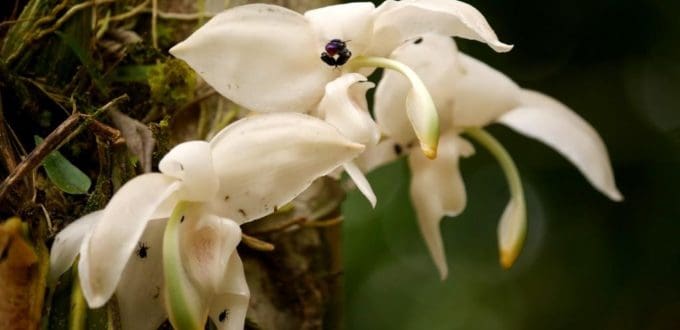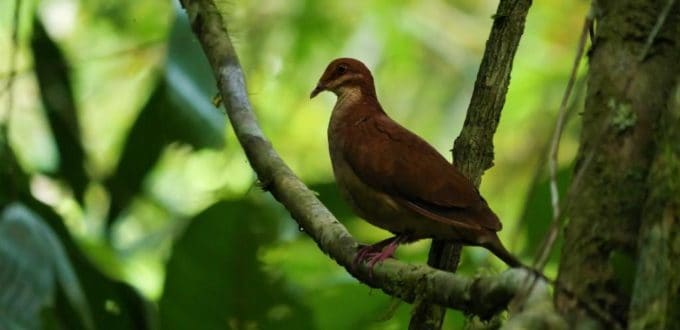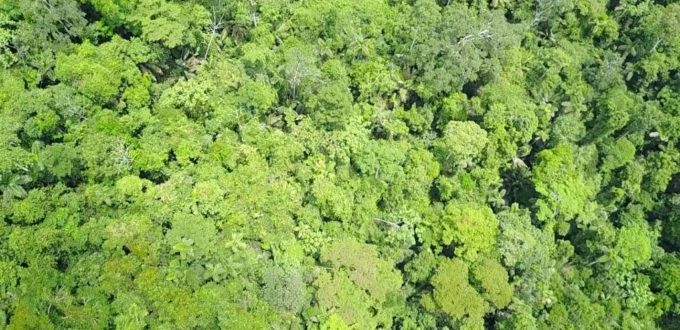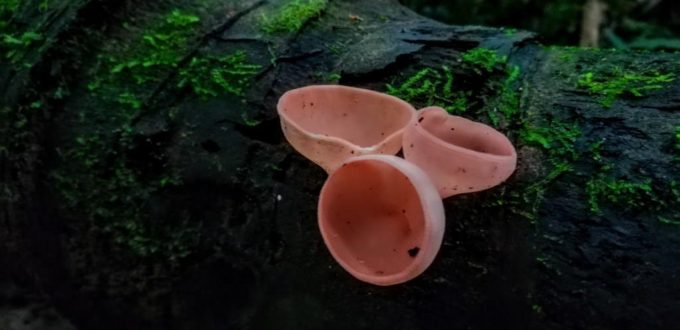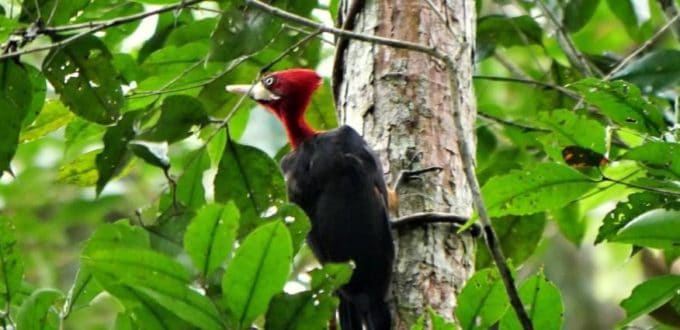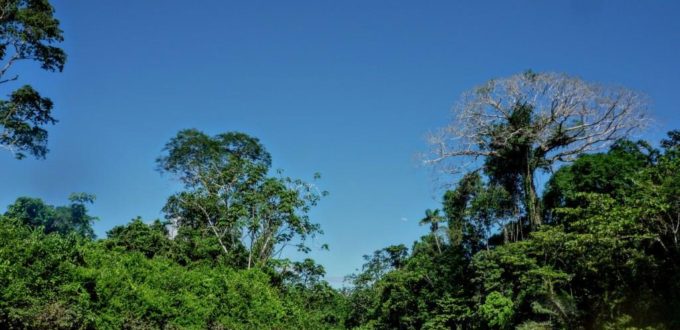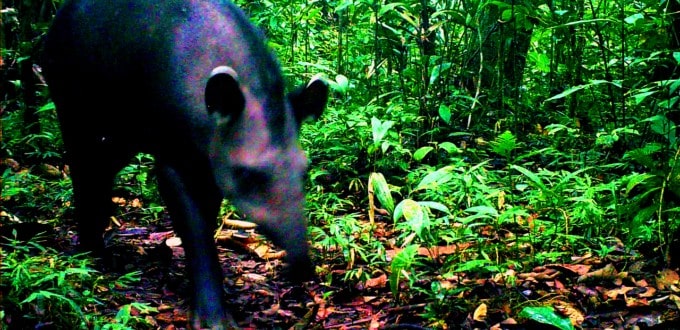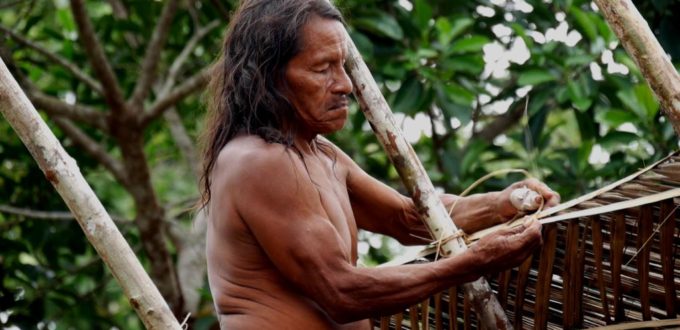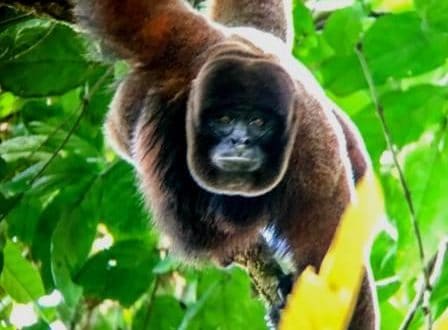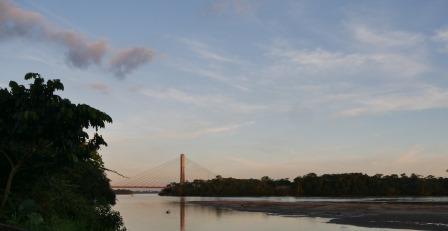The Orchids of the Amazon Rainforest in Ecuador. A Quest of Beauty and Mystery is around Amazonian Orchids in the Yasuni, with many hours in the field rescuing and collecting fallen specimens deep in the Jungle. The Orchids of the Amazon Rainforest in Ecuador are easily distinguished plants, with blooms that are often colorful and …
Category Archives: Blog
The Yasuni National Park
The Yasuni National Park in Ecuador is one of the most biodiverse place on Earth. A Journey to the Diversity of Life! The Yasuni National Park (PNY) is located in the Provinces of Orellana and Pastaza in Eastern Ecuador, a tiny spot in the Western Amazon Basin, it is arguably as one of the most …
Wildlife Trail Map
Follow the Wildlife Trail Map Discover the world of the amazonian wildlife, hidden in our Amazon Wildlife Map, click on the icons to find sounds, images and motion of some the most rare and charismatic creatures of the Tropical Rainforest. Watch incredible wildlife such Jaguars, Harpy Eagles, Anacondas and Tapirs! The Amazon Rainforest is most …
The Mushrooms and Fungi from the Rainforest
Learn about the Mushrooms and Fungi in the Amazon Rainforest in Ecuador. The Fungi or Mushrooms are a phylogenetically diverse group of microorganisms that are all heterotrophic (absorptive nutrition) eukaryotes, unicellular (i.e. yeasts) or hyphal (i.e. filamentous), and reproduce by sexual and/or asexual spores. The Mushrooms and Fungi from the Amazon Rainforest are essential functional …
Continue reading “The Mushrooms and Fungi from the Rainforest”
The Birds of the Amazon Rainforest
The Birds of the Amazon Rainforest in Ecuador The Birds of the Amazon Rainforest has captivated people’s attention for thousands of years. They are unique in many ways, by its colors like the fantastic Fiery Topaz, Paradise Tanager, Blue-and-Yellow Macaw and many others. The Amazon Rainforest is home of the many of the largest birds like …
The Shiripuno River
The Shiripuno River is the Magic River! All the magic begins at the waters of the Shiripuno River, these small and meandered river carries a light brown water, its colors is due to the rich sediments from terra firme, of the Shiripuno Basin. These experience begins every time we embark on our Nature Trips. The …
Yasuni Wildlife: Amazon Tapir
Yasuni Wildlife: Amazon Tapir The Yasuni Wildlife is one of the most diverse on the planet, in the Yasuni Life has diversified into millions of ways, a nature explorer mind would get excited at any direction! Shiripuno Amazon Lodge enjoy the remoteness of the Yasuni, with a set of trap cameras is able capture special moments of Amazonian …
Waorani: The Nomads of the Rainforest
The Waorani People: The Nomads of the Rainforest and their Lifestyle. The Waorani People are one of the last Nomads of the Rainforest of Ecuador living for hundreds of years along the Western Amazon Basin between Ecuador and Peru, the Waorani People made a home inside the Yasuni Biosphere Reserve, a unique place in the …
The Monkeys of the Rainforest
The Monkeys of the Rainforest The Monkeys of the Rainforest are the most diverse group of mammals moving throughout the Amazon Basin. Most of them spend their lifetime in the dense canopy covering all kind of habitats monkeys find a way to survive and diversify, many have a prehensile tail, one of the most interesting …
THINGS TO DO IN COCA
Here is a list of the different options of Things to do in Coca. Puerto Francisco de Orellana is surrounded by an impressive access to a variety of iconic Amazonian Wildlife. Many of the most fascinating jungle tours starts in Coca, a cultural melting pot along the Río Napo. Coca is the last reach of …
